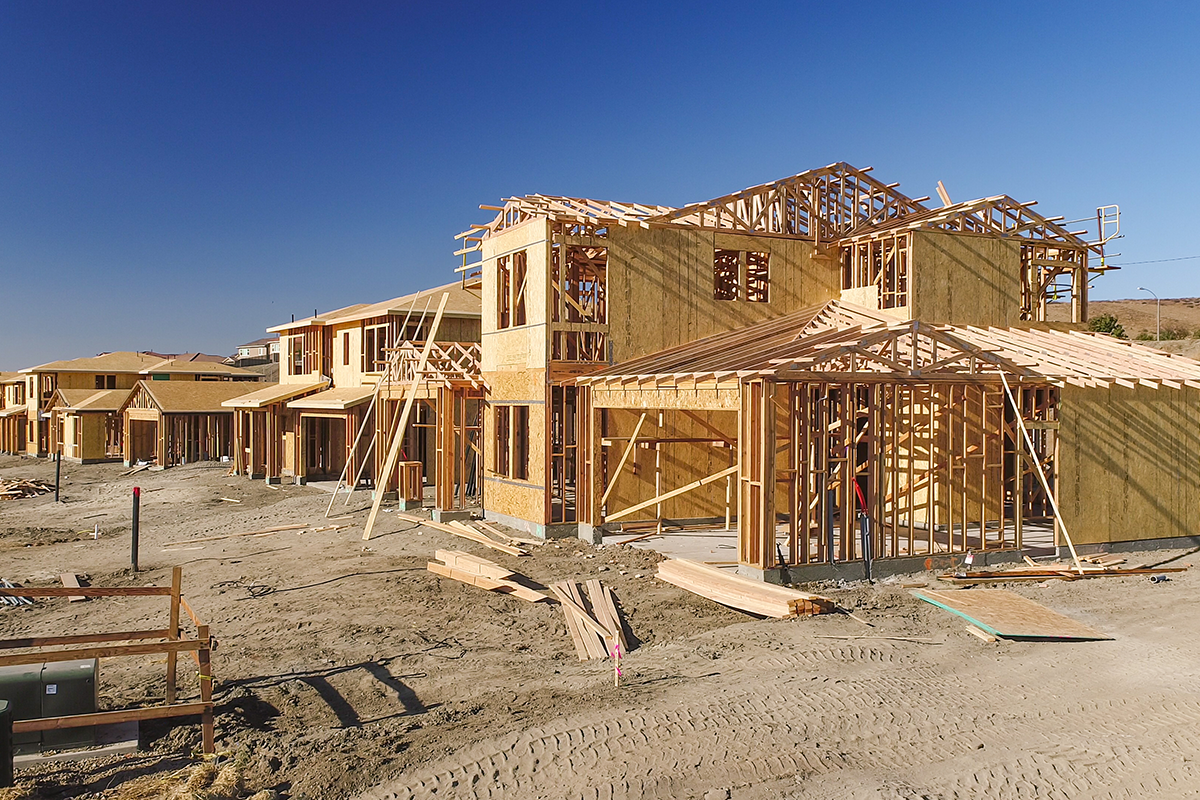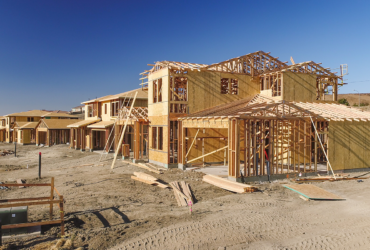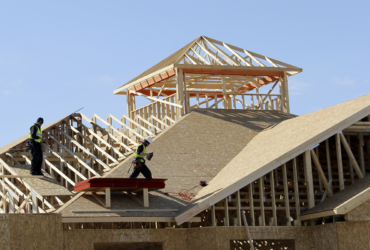In March, the residential construction sector in the southern United States experienced a significant slowdown, reflecting the broader challenges facing the housing market as mortgage rates continue to climb. Data from the U.S. Census Bureau reveals a notable decline in building permits, housing starts, and housing completions across the region, indicating a potential shift in the landscape of real estate development.
Building permits, a key indicator of future construction activity, were issued at a seasonally adjusted annual rate of 771,000 in March. While this figure represents a marginal decrease of only 0.6% from the previous month, it marks the lowest level recorded since March 2023. Similarly, housing starts in the South plummeted to a seasonally adjusted annual rate of 736,000, experiencing a staggering decline of 17.8% compared to the prior month, reaching their lowest point since August 2023.
The downturn in construction activity was further underscored by a significant drop in housing completions. After reaching a 17-year high the previous month, completions fell sharply to a seasonally adjusted annual rate of 832,000, representing a decline of 14.2% from the previous month.
These declines, while substantial, do not diminish the South’s dominance in residential construction activity on a national scale. Despite the slowdown, the region continues to account for the majority of building permits, housing starts, and housing completions in the country. A staggering 53% of all building permits, 56% of housing starts, and 57% of housing completions originate in the South.
The challenges faced by the residential construction sector in the South are reflective of broader trends impacting the national housing market. Across the country, building permits, housing starts, and housing completions all experienced more severe declines than anticipated, highlighting the pervasive nature of the issue.
At the heart of these challenges lies the sustained increase in mortgage rates. As borrowing costs continue to rise, prospective homebuyers face higher financing expenses, dampening demand for new residential construction. The Federal Reserve’s efforts to combat inflation through monetary policy adjustments have contributed to the upward trajectory of mortgage rates, prolonging the strain on the housing market.
In addition to rising mortgage rates, other factors such as supply chain disruptions, labor shortages, and escalating material costs have further complicated the landscape for residential construction. These challenges have manifested in delays and cost overruns for developers, constraining the pace of new construction projects.
While the slowdown in residential construction activity presents immediate challenges for developers, it also has implications for the broader economy. The housing sector plays a pivotal role in driving economic growth, with construction activity supporting jobs and stimulating related industries. A deceleration in construction could ripple through the economy, impacting employment and consumer spending.
Looking ahead, the trajectory of the housing market in the South and beyond will depend on several factors, including the trajectory of mortgage rates, policy responses from the Federal Reserve, and the resolution of supply chain disruptions. Developers and industry stakeholders will need to navigate these challenges adeptly, leveraging innovative solutions and strategies to adapt to the evolving market dynamics.




